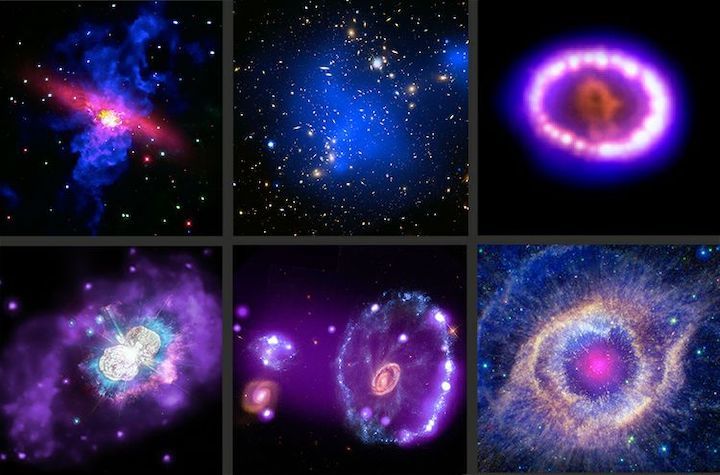4.01.2021
Designed and built by Northrop Grumman, the Chandra X-ray Observatory is part of NASA's fleet of "Great Observatories,” allowing scientists from around the world to explore very hot regions of exploded stars, clusters of galaxies and matter around black holes. In an elliptical orbit over 85,000 miles from the Earth, Chandra’s X-ray images of some of the most extreme phenomena are leading to discoveries that are furthering our understanding of the structure and evolution of the universe.

For more than 20 years, the science and data driven mission was operated from the Chandra Operations Control Center (OCC) near the campus of Harvard University, home of the Center for Astrophysics | Harvard & Smithsonian, and the Chandra X-Ray Center.
From early 2017 through July 2019, the Chandra OCC relocation team – comprised of Northrop Grumman, NASA Marshall Space Flight Center, Smithsonian Astrophysical Observatory, Smithsonian Institution and other industry partners – worked together to bring a new control center online in a new location. The team successfully executed the challenging and extensive control center relocation, adhering to a strict schedule while maintaining the observatory operational safety and science data delivery, to its new location in Burlington, Massachusetts, 20 miles from Cambridge.
NASA recognized the team in September 2020 with a NASA Agency-level Honor Award for outstanding site selection, design, development, test and verification of a new Chandra Operations Control Center (OCC).
“Northrop Grumman has a deep heritage of supporting science and discovery through the Chandra X-Ray Observatory,” said John Daegele, vice president and general manager, strategic space systems, Northrop Grumman. “The success and recognition of this collaborative effort is a testament to our established and trusted partnership with NASA and across the Chandra team.”
Launched July 23, 1999, the Chandra X-ray Observatory collects data about the life cycle of stars and the role of supermassive black holes in the formation of galaxies. Chandra is managed by NASA's Marshall Space Flight Center for the Science Mission Directorate, NASA Headquarters in Washington, D.C. Northrop Grumman is the prime contractor and led an industry team in the design, development and building of the telescope.
In July 2020, the observatory surpassed 21 years on orbit, or more than four times its five-year design life. During that time, Northrop Grumman has performed Chandra flight operations and provided systems engineering expertise, enabling its customers to meet and exceed their mission needs.
Northrop Grumman is leveraging its expertise with NASA again, in creating the next great space telescope, the James Webb Space Telescope. The longevity of Chandra will enable collaboration between the world’s premier X-ray telescope and Webb, which will be the world’s premier space science observatory when it launches in 2021. Webb and Chandra capture the universe in different energy ranges and together they will paint a more complete picture of the universe. Webb will solve mysteries in our solar system, look beyond to distant worlds around other stars, and probe the mysterious structures and origins of our universe and our place in it. Webb is an international program led by NASA with its partners, the European Space Agency and the Canadian Space Agency.
Quelle: Northrop Grumman
